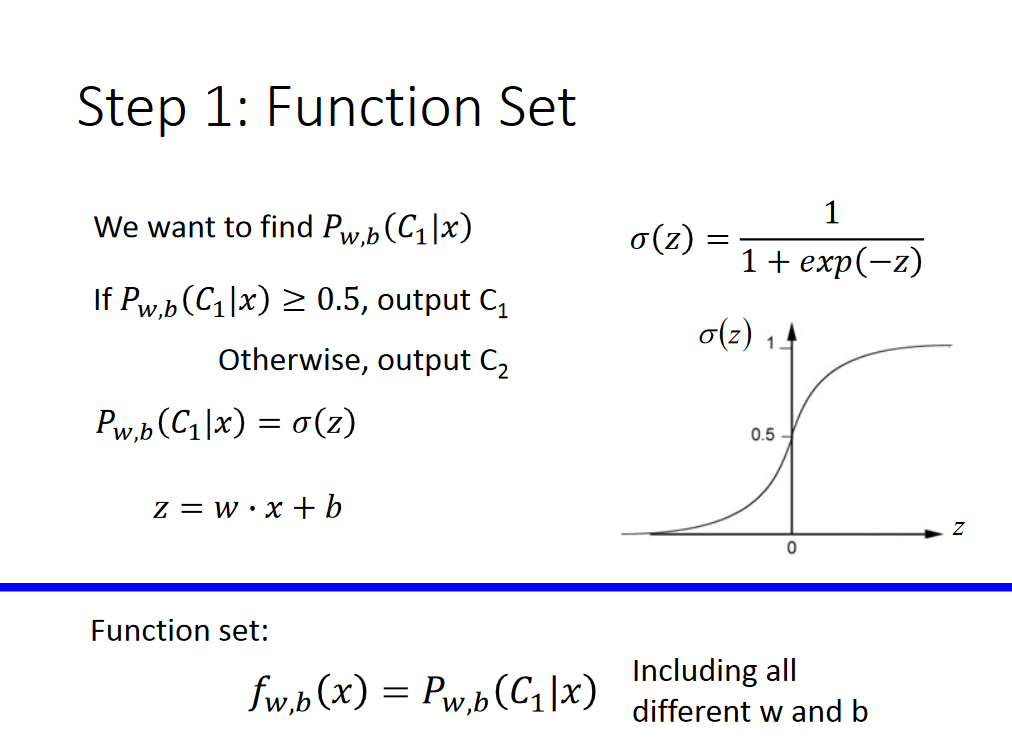I need to construct an undirected graph. I don't need it to do anything too fancy, but ideally it would work like this:
structure UDG = UndirectedGraph
val g = UDG.empty
val g = UDG.addEdges(g, n1, [n2, n4, n7]) (* n1 is connected to n2, n4, and n7 *)
val g = UDG.addEdge(g, n2, n3)
UDG.connected(g, n2) (* returns [n1, n3] *)
Is there a good data structure in SML/NJ to model these relationships? Should I just roll my own?
Updates
I've gone ahead and tried rolling my own, but I get a type mismatch error when I try to test it. My experience with SML structures and functors is pretty basic, so I think I'm doing something obviously wrong. How do I get this to work? Also, can you help me make this an 'a graph? That seems to make more sense, semantically.
Code
signature ORD_NODE =
sig
type node
val compare : node * node -> order
val format : node -> string
end
signature GRAPH =
sig
structure Node : ORD_NODE
type graph
val empty : graph
(* val addEdge : graph * Node.node * Node.node -> graph
* addEdge (g, x, y) => g with an edge added from x to y. *)
val addEdge : graph * Node.node * Node.node -> graph
val format : graph -> string
end
functor UndirectedGraphFn (Node : ORD_NODE) :> GRAPH =
struct
structure Node = Node
structure Key = struct
type ord_key = Node.node
val compare = Node.compare
end
structure Map = BinaryMapFn(Key)
type graph = Node.node list Map.map (* Adjacency list *)
val empty = Map.empty
fun addEdge (g, x, y) = (* snip *)
fun format g = (* snip *)
end
structure UDG = UndirectedGraphFn(struct
type node = int
val compare = Int.compare
val format = Int.toString
end)
Error
When I do
structure UDG = UndirectedGraphFn(struct type node = int val compare = Int.compare val format = Int.toString end) UDG.addEdge (UDG.empty,1,2)
I get a type mismatch:
Error: operator and operand don't agree [literal]
operator domain: UDG.graph * ?.UDG.node * ?.UDG.node
operand: UDG.graph * int * int
in expression:
UDG.addEdge (UDG.empty,1,2)





